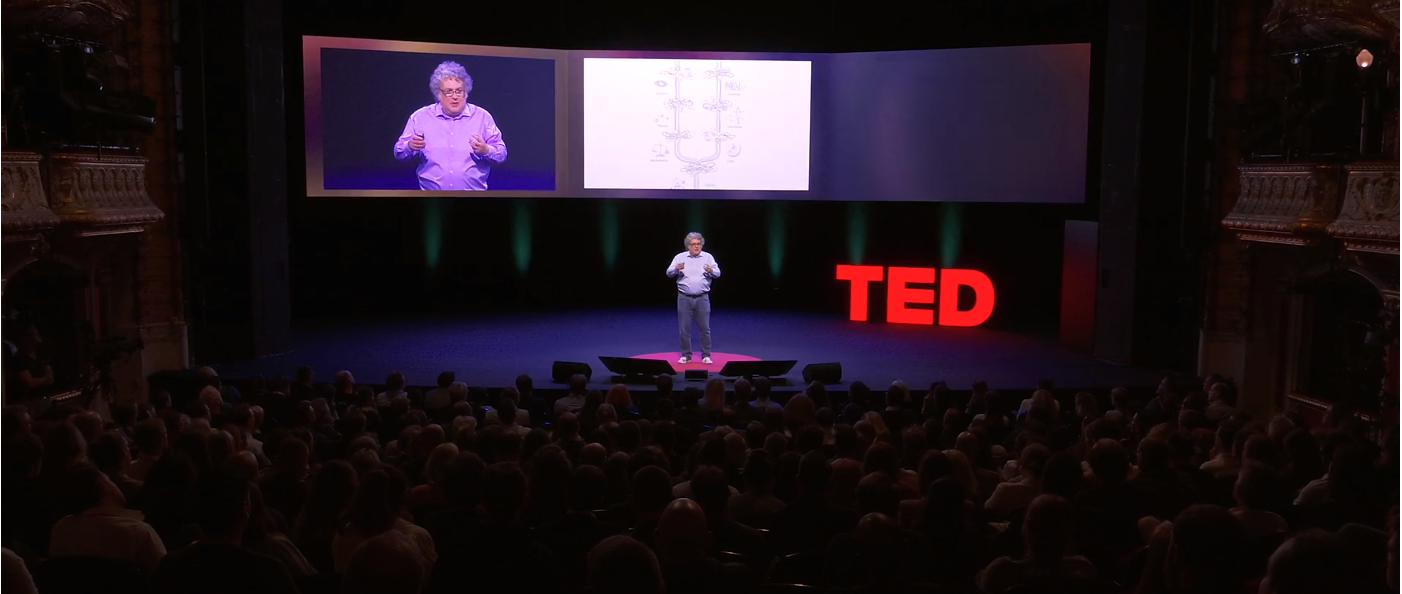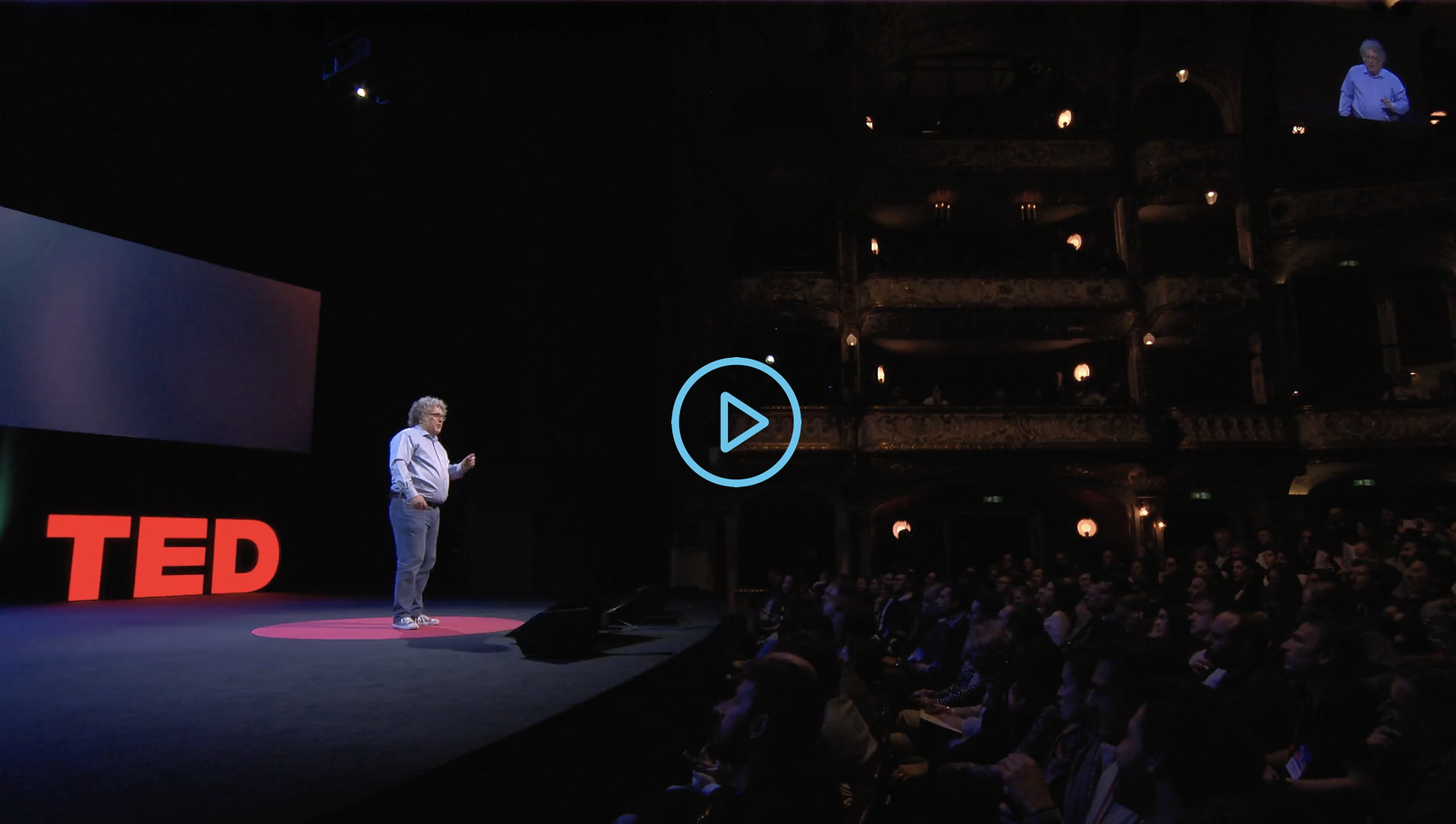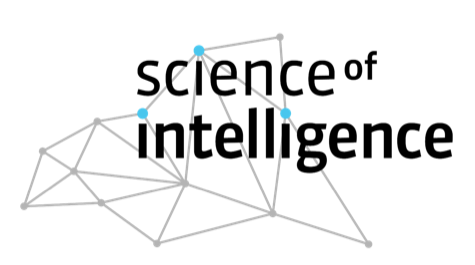From Berlin to Stanford
Oliver Brock’s path to becoming a roboticist was anything but linear. Born and educated in Germany, he studied computer science at the Technical University of Berlin (TU Berlin) at a time when the idea of a structured bachelor’s-master’s system had yet to take hold. After receiving his diploma at TU Berlin, he moved to the United States and acquired a master’s degree in computer science at Stanford University.
Encouraged by the academic environment around him, he pursued a PhD at Stanford University. There, he explored evolutionary algorithms before transitioning to robotics, where he found the ideal intersection of computation, movement, adaptation, and intelligence.
This transition would define the trajectory of his career, blending his fascination with computation and the physical world.
From Motion Planning to Soft Robotics
At Stanford, under the mentorship of roboticist Oussama Khatib, Oliver worked on motion planning and control. His research focused on bridging the gap between planning and execution, allowing robots to dynamically adapt their movements, an approach that helped advance the field.
After completing his doctorate, Oliver navigated a mix of academia and industry. He worked briefly in Silicon Valley as the CTO of a tech startup before realizing that his true passion lay in fundamental research. This led him back to academic positions at Rice University and later the University of Massachusetts Amherst, where his interest in biologically inspired robotics deepened.
From Stanford to Berlin
Returning to Germany as an Alexander von Humboldt Professor at TU Berlin in 2009, Oliver’s fascination with soft robotics, robots that mimic the flexibility and adaptability of biological organisms, began to take shape. While traditional robotics had long been dominated by the idea that a robot’s computational core, its “brain”, should be responsible for all decision-making, and the body merely a tool for carrying out commands, Oliver took a different view: namely that the body’s interaction with the world is a form of computation, and that intelligence emerges through the continuous interplay between body, environment, and control. This idea is central to soft robotics, a field that embraces flexibility, adaptability, and material-based computation.
His Robotics and Biology (RBO) Lab at TU Berlin developed its first RBO Hand in 2013, a soft robotic hand that operates not through precise pre-programmed movements but through the natural physical properties of its materials. Inspired by the way human hands grasp objects, automatically adapting to their shape, the RBO Hand showed that intelligence is not just about calculating the perfect grip but about letting the body contribute to the process. This insight resonated beyond robotics, influencing neuroscience, psychology, and artificial intelligence. It also reflects Moravec’s Paradox from the 1980s, which notes that tasks rooted in sensorimotor interaction—like grasping or walking—are deceptively simple for humans but remarkably complex for machines, suggesting that intelligence is deeply embodied.
The Science of Intelligence
In 2019, Oliver contributed to the establishment of the Cluster of Excellence Science of Intelligence. This interdisciplinary research initiative brings together experts from computer science, neuroscience, psychology, behavioral biology, and more to answer one of humanity’s most perplexing questions: What is intelligence?
The cluster explores the notion that intelligence cannot be fully understood within a single discipline. His TEDAI talk encapsulated this vision, advocating for principles such as “active interconnections“—the idea that intelligence arises from the dynamic interplay between different components, whether in the brain, in social interactions, or between a robot and its environment.






